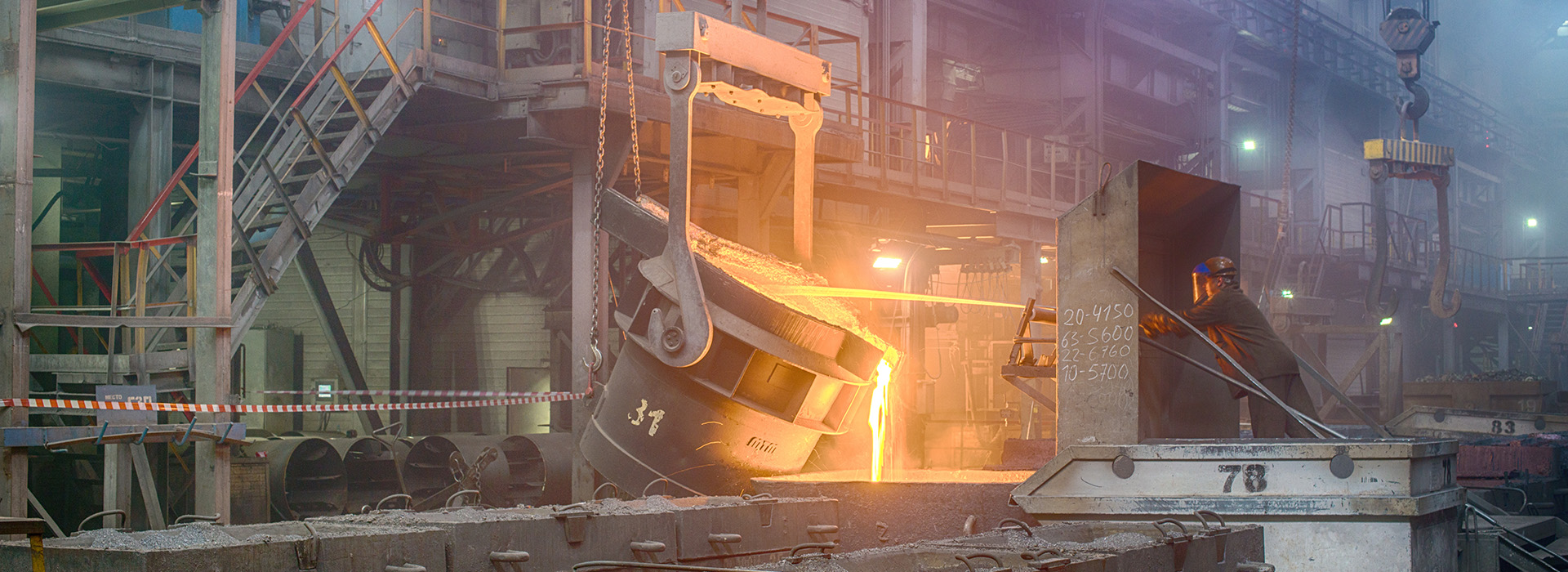A 5-Step Approach to Improving Process Safety Management in the Metals Industry
A well-developed process safety management (PSM) framework, operated with a high degree of operational discipline, plays a vital role in helping to prevent catastrophic incidents often caused by inadequate maintenance and safe operating limit excursions or due to the poor design of highly hazardous processes. Yet while industries can learn lessons from each other on how to prevent such devastating low incidence, high consequence events, distinct manufacturing processes and the maturity of systems to mitigate and manage operational risk also need to be factored in.

So how can the metals industry improve on its current approach to PSM that reflects a sector that is evolving and help it reach a maturity level that sees process safety as a lever for enhancing operational resilience?
Align and integrate frameworks
Most, if not all, organisations in the metals industry have some form of safety or operational risk management practices in place. However, a robust PSM approach involves moving away from the default administrative aspect of safety and occupational hazard compliance to integrating technical processes and risk analysis into the daily work cycle. It involves developing safety frameworks that understand that the way assets are maintained and operated is critical to safety. Developing frameworks that align and integrate PSM improves the adoption of processes to reduce catastrophic hazards and help raise safety maturity levels.
Don’t neglect implementation
While the need for a well-defined PSM framework is essential, the framework can soon become redundant without a clear implementation strategy. As well as establishing an understanding of what PSM can achieve, the challenge for leadership is to develop a strategy that allows the practices defined and mandated by the adopted framework to be executed with robust operational discipline. By focusing equally on definition and implementation, the ability of PSM to reduce catastrophic hazards is maximised.
Equip the workforce
Once PSM is seen as core to the business and supports the workforce in achieving objectives, improved asset maintenance and operation practices tend to increase. Key to this is developing an understanding that there is a commonality between workplace safety and process safety but that different risks are involved. Process safety goes beyond compliance to acknowledging the role of using new technology to improve manufacturing and design, updating control logic or building redundancy into systems. This knowledge equips the workforce to be more in control of the risks involved and take actions that carry a higher risk reduction factor and ultimately helps to reduce catastrophic events.
Take a targeted approach
Developing and implementing a PSM framework that addresses catastrophic incidents in a more defined and targeted way is essential. Not applying PSM or hazard analysis methodology across the full spectrum of potential risks and placing more focus on the identified priority risks reduces the strain on resources and maximises process safety efforts. It’s about going an inch wide and a mile deep to ensure that the risks associated with those critical catastrophic events identified are targeted and mitigated more effectively.
Remove implementation roadblocks
PSM should not be limited to certain functions but rolled out and integrated appropriately across all levels of the organisation. Removing implementation roadblocks ensures everybody within the organisation is clear on their role in maintaining the integrity of equipment and processes that prevent an incident and how each function impacts the identified priority risks. In addition, emphasising how actions on a day-to-day basis improve risk mitigation raises awareness and prevents priority risks from simply becoming another set of procedures.
At its most basic level, safe and reliable operations inherently mean that a company manages processes within its operational limits. Understanding what those limits are and that they are based on sound design principles is key to the metals industry adopting an effective PSM framework that reduces disruption to the supply and value chain and, importantly, avoids failures that result in catastrophic incidents. The aim now is for the metals industry to reach a level of maturity that moves PSM from an initiative to become a part of daily working life that strengthens operational resilience.
Four lessons to learn
As the metals industry evolves, it is vital to assess the factors that allow it to reach a level of safety maturity that manages and mitigates operational risk across the entire asset life cycle. Creating a PSM framework that better reflects the unique aspects of the metals industry and also integrates all Environmental, Social and Governance (ESG) elements can help reduce catastrophic events and enhance overall operational resilience that are key to developing a sustainable industry.
Lesson #1:
Integrate ESG within the PSM framework
Promote a clear understanding of PSM’s role so it can play a key role in operational resilience. Integrating all ESG elements needed to drive sustainable performance within the PSM framework will lead to more resilient health and safety management processes overall.
Lesson #2:
Raise standards
Standards and tools that improve sustainable operational risks should be integrated across the value chain and fully understood by employees. Technical excellence gives a solid foundation leading to a better understanding of the impact of ESG on safety risk management.
Lesson #3:
Focus on learning and development
New leadership skills are necessary to create a working environment that drives sustainable value forward. Ensure there is an effective learning and development (L&D) programme to keep skills and capabilities on target to cope with the growing complexity of health and safety issues.
Lesson #4:
Improve your competitive advantage
Achieving sustainable business objectives requires the right mindset and the right discipline. Turn ESG’s role within PSM into a competitive advantage. Create value and improve business efficiencies - with a clear impact on EBITDA - by translating ESG ambitions into operational transformation.
"As we go forward, companies in the metals industry should consider these lessons and make the necessary changes to strengthen their PSM framework so that catastrophic events are managed and mitigated more effectively. In addition, PSM’s benefits are leveraged to improve business resilience and sustainability."
– Jaco Pieterse, Principal Consultant
Business leader

